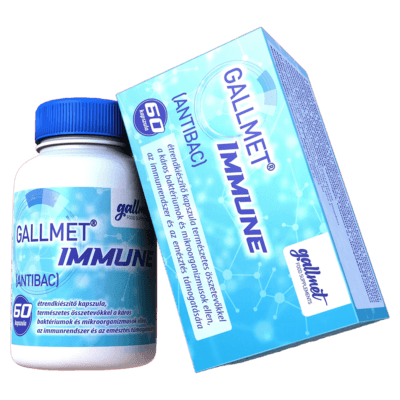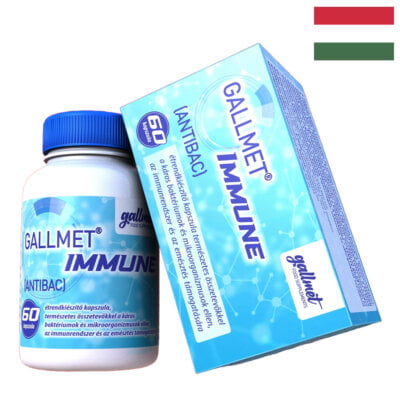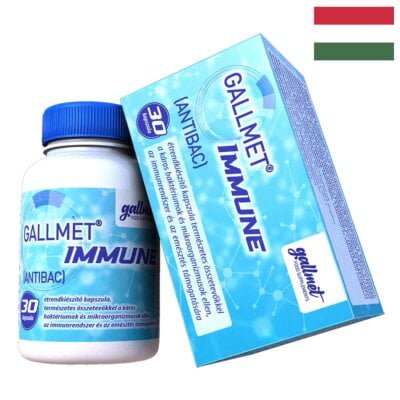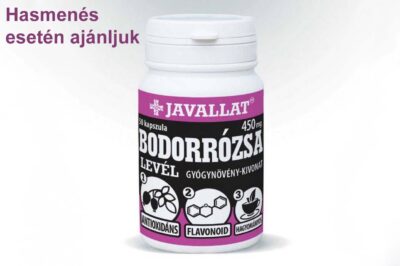Gram negative sepsis and shock

Download - PDF
Abstract
In the modern hospital gram negative bacteremia and the associated condition of septic shock are common occurrences. In the United States the estimated incidence of gram negative bacteremia ranges from 71,000 to 330,000 cases annually. Fatalities attributed to this disease are between 18,000 and 132,000 each year. Sepsis is defined as a systemic disease caused by microorganisms or their products in the blood. Bacteremia is the presence of viable organisms in the circulation. Gram negative bacteremia in the critically ill patient is synonymous with gram negative sepsis. Septic shock is a clinical syndrome characterized by circulatory insufficiency and inadequate tissue perfusion. Septic shock is associated primarily although not exclusively with gram negative bacilli. Focus is on predisposing factors, microbiology, pathophysiology, and the 4 components of therapy -- antibiotics, volume replacement, steroids, and surgical drainage. The underlying illness of the patient is the primary factor determining the outcome of an episode of gram negative bacteremia. Patients with a life threatening disorder have a very poor prognosis, while sepsis in a previously healthy person carries a good prognosis. The overall mortality in gram negative bacteremia is 25%. When septic shock develops, the mortality increases to 50-60%. Appropriate antibiotics that are synergistic against the infecting organism can decrease the mortality, but the overwhelming infleunce of host factors in predicting the outcome suggests that prevention and early treatment are the best means of decreasing mortality.
Source: https://pubmed.ncbi.nlm.nih.gov/358039/
Az oldal nyomtatásához kattintson az ikonra: [print-me]










